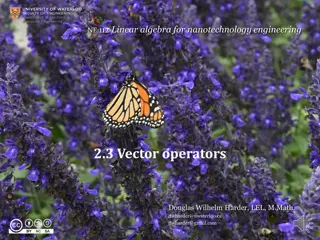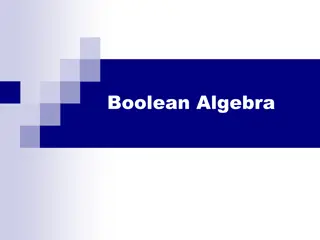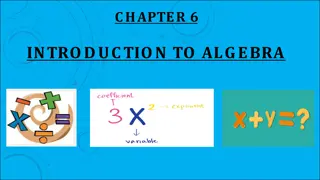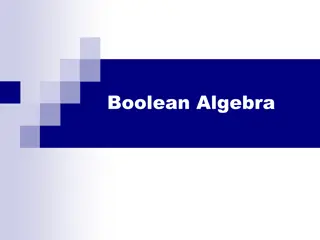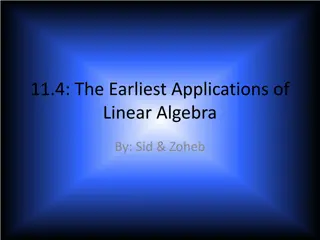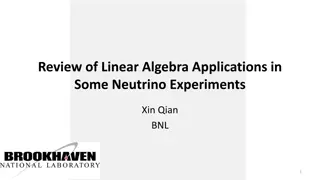
Isomorphism and Invertibility in Linear Algebra
Learn about the concepts of isomorphism, invertibility, one-to-one transformations, bijective transformations, singular transformations, isomorphic vector spaces, and a key theorem in linear algebra. Explore the fundamental definitions and properties of these topics with illustrative images and explanations.
Download Presentation

Please find below an Image/Link to download the presentation.
The content on the website is provided AS IS for your information and personal use only. It may not be sold, licensed, or shared on other websites without obtaining consent from the author. If you encounter any issues during the download, it is possible that the publisher has removed the file from their server.
You are allowed to download the files provided on this website for personal or commercial use, subject to the condition that they are used lawfully. All files are the property of their respective owners.
The content on the website is provided AS IS for your information and personal use only. It may not be sold, licensed, or shared on other websites without obtaining consent from the author.
E N D
Presentation Transcript
ISOMORPHISM AND INVERTIBILITY CHAPTER 5
Definition(One-to-one transformations) A transformation T:Rn Rm is one-to-one if, for every vector b in Rm, the equation T(x)=b has at most one solution x in Rn. Here are some equivalent ways of saying that T is one-to-one: For every vector b in Rm, the equation T(x)=b has zero or one solution x in Rn. Different inputs of T have different outputs. If T(u)=T(v) then u=v.
ONE ONE ONTO OR BIJECTIVE TRANSFORMATION
Bijective Transformations are transformations that are bijective, i.e. they can be reversed. They are used within the context of normalizing flow models. Below you can find a continuously updating list of bijective transformation methods.
SINGULAR TRANSFORMATION A singular transformation is one with a non-zero nullity. The same considerations apply to rows as well as columns. If M is singular there must be a linear combination of rows of M that sums to the zero row vector.
ISOMORPHIC VECTOR SPACES Let U and V be vector spaces. Then they are isomorphic iff there is a bijection from a basis of U to a basis of V. The isomorphism is the basis changer function. This means that if U and V are finite-dimensional vector spaces, they are isomorphic iff dim(U)=dim(V). This also means that a finite-dimensional vector space cannot be isomorphic to an infinite-dimensional vector space, since there cannot be a bijection from a finite basis to an infinite basis.
THEOREM : Let V be a vector space over the field of real numbers R. Prove that if the dimension of V is n, then V is isomorphic to Rn SinceVV is an nn-dimensional vector space, it has a basis B={v1, ,vn},B={v1, ,vn},where each vivi is a vector inVV. Define a mapT:V RnT:V Rn by sending each vector v Vv V to its coordinate vector [v]B[v]B with respect to the basis BB. More explicitly, if v=c1v1+ +cnvn with c1, ,cn R,
then the coordinate vector with respect to BB is [v]B= C1 Rn C2 C3 .... Then the mapT:V RnT:V Rn is defined by C1 C2 C3 T(v)= ..
It follows from the properties of the coordinate vectors that the mapTT is a linear transformation. We show thatTT is bijective, hence an isomorphism.
INVERTIBLE OPERATOR An operator T B ( X, Y) is said to be invertible if there exists S B ( Y, X) such that S T = I X, T S = I Y, in which case S is the inverse of T and is denoeted T 1. B is the set of bounded linear operators from the respective space to the other.

